|
I was looking for a compression driver that has a recommended minimum crossover lower than 2.2kHz and I chanced upon this LaVoce DF10.172k. According to their datasheet, she has a Power rating of 60W (AES) and can be crossed at 1,600Hz (12dB/oct). I intend to use this LaVoce with my Dayton MB1025 crossing at 2kHz. Hopefully, that is enough to avoid the deep 2.5kHz notch in the MB1025. At the same time, crossing at 2kHz will enhance the robustness to my DF10.172K.
I was pleasantly surprised by the response (Fig 1) of the DF10.172K bolted to an 18 Sound XT1086 metal horn. Rarely do I encounter such a smooth response. There’s hardly any cancellations throughout the working range. The horn cuts off at about 1kHz so by right, I can cross at 1.6kHz. At the top end, this compression driver extends to about 15kHz before exhibiting an upward tilt to finally reach 20kHz.
Fig 2 is the Impedance plot of the DF10.172K attached to the XT1086 horn. This is a very friendly impedance to work with. If the combo sounds a bit uncomfortable, all I need to do is to tame the peak at about 1.9kHz with a conjugate network. The larger peak should not present any issues as it’s at 900Hz, well away from 2kHz.
The Waterfall plot in Fig 3 recorded minimal artifacts. In fact, by 1msec, most of the artifacts, if any, are dissipated.
Fig 4 is the ToneBurst plot of the combo. In this plot, the artifacts are presented as unwanted energy (light blue slices). The Z-axis is now in cycles, instead of time like in the Waterfall. The DF10.172K with the XT1086 is incredibly clean. There’s hardly any excess energy.
The Spectrogram (Fig 5) is a 2D representation of the Waterfall and the ToneBurst plots. From 2kHz onwards, the artifacts are dissipated by 2msec. Between 1kHz~2kHz, there are a few “ringing” but they dissipate by 4msec. This is actually of no consequence to me as my crossover is at 2kHz.
I included the Step Response (Fig 6) for completeness. The leading edge is as expected but the trailing edge shows overshoot on the negative side (-75%) followed by another overshoot (30%) this time on the positive side, before eventually coming to rest. I wouldn’t be too concerned with this behavior because I did it with REW and the sweep was from 1kHz to 20kHz without any crossover in place. When I cross her at 2kHz, the plot will look better.
Fig 7 is the Harmonic Distortion of the DF10.172K coupled to the 18 Sound XT1086 horn. I was quite taken aback with this measurement. THD (H2-H9) is only 0.264%. 2nd Harmonic is very low at 0.116% whereas the 3rd is even lower at 0.103%. This indicates an exceedingly good match between the LaVoce DF10.172K and the 18 Sound XT1086. Sound of DF10.172K with XT1086 I am not a fan of Polyimide diaphragms but after testing out this DF10.172K, I am a convert. First off, she doesn’t have the distinctive brightness of the Titanium diaphragms. That’s a huge plus. Neither does this LaVoce sound plasticky like some of my other polyimide compression drivers. I have no issues using this DF10.172K for HiFi. She’s up there with my Radians. My next stop is to mate this DF10.172K / XT1086 combo with my Dayton MB1025 midwoofer. I think they will make a superb pairing. Unless otherwise stated, all measurements were made in Full Space (4 pi) with the mic at 36 ins, tweeter axis. Impulse Window=5ms. No smoothing applied. |

September 15, 2023Drivers Evaluation, PRO DRIVERS
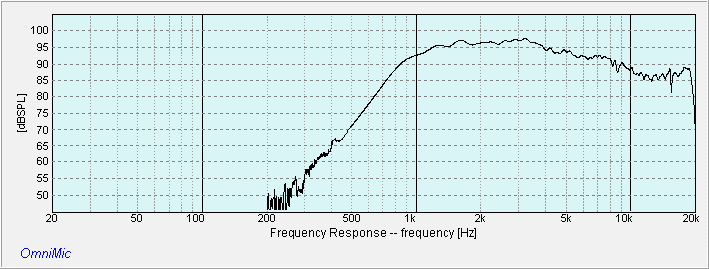 Fig 1 – 18Sound XT1086 with LaVoce DF10.172K RAW Frequency Response.
Fig 1 – 18Sound XT1086 with LaVoce DF10.172K RAW Frequency Response.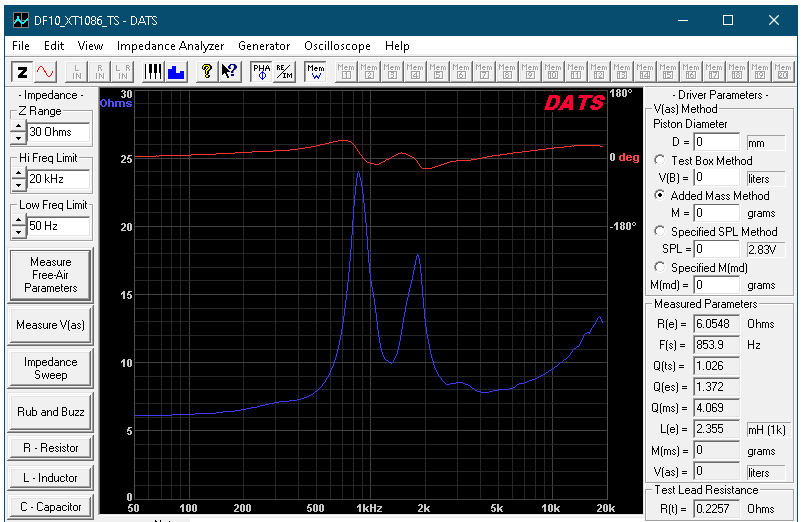 Fig 2 – 18Sound XT1086 with LaVoce DF10.172K Impedance
Fig 2 – 18Sound XT1086 with LaVoce DF10.172K Impedance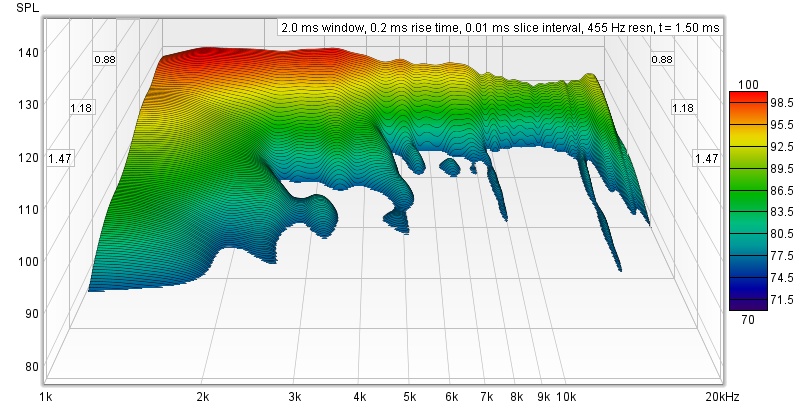
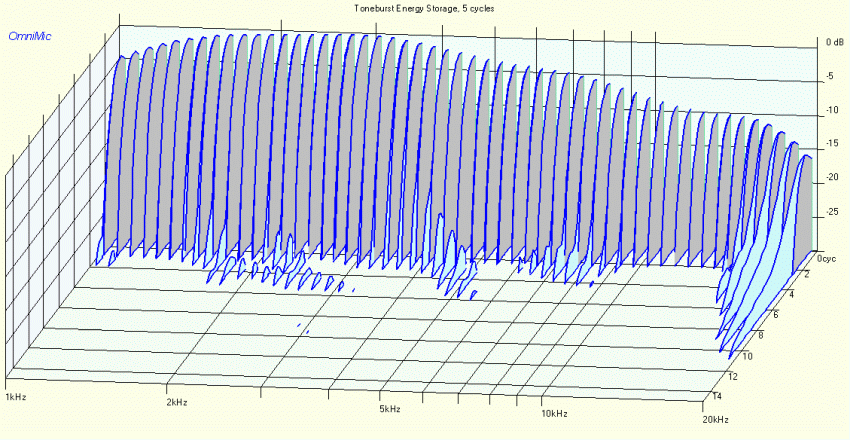 Fig 4 – 18Sound XT1086 with LaVoce DF10.172K ToneBurst Energy Storage
Fig 4 – 18Sound XT1086 with LaVoce DF10.172K ToneBurst Energy Storage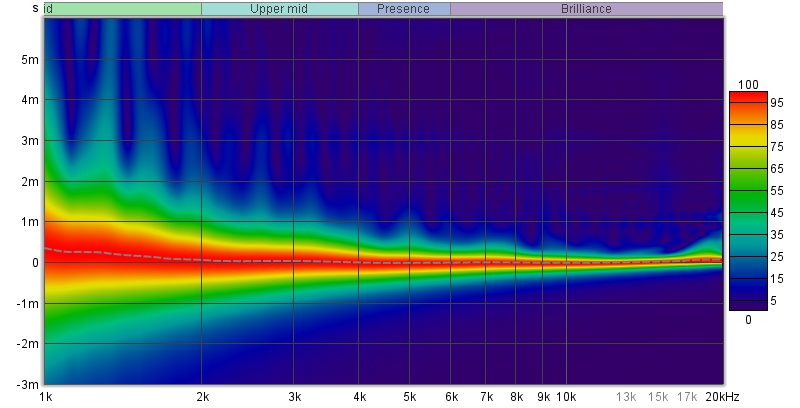 Fig 5 – 18Sound XT1086 with LaVoce DF10.172K Spectrogram
Fig 5 – 18Sound XT1086 with LaVoce DF10.172K Spectrogram Fig 6 – 18Sound XT1086 with LaVoce DF10.172K Step Response
Fig 6 – 18Sound XT1086 with LaVoce DF10.172K Step Response Fig 7 – 18Sound XT1086 with LaVoce DF10.172K Harmonic Distortion
Fig 7 – 18Sound XT1086 with LaVoce DF10.172K Harmonic Distortion